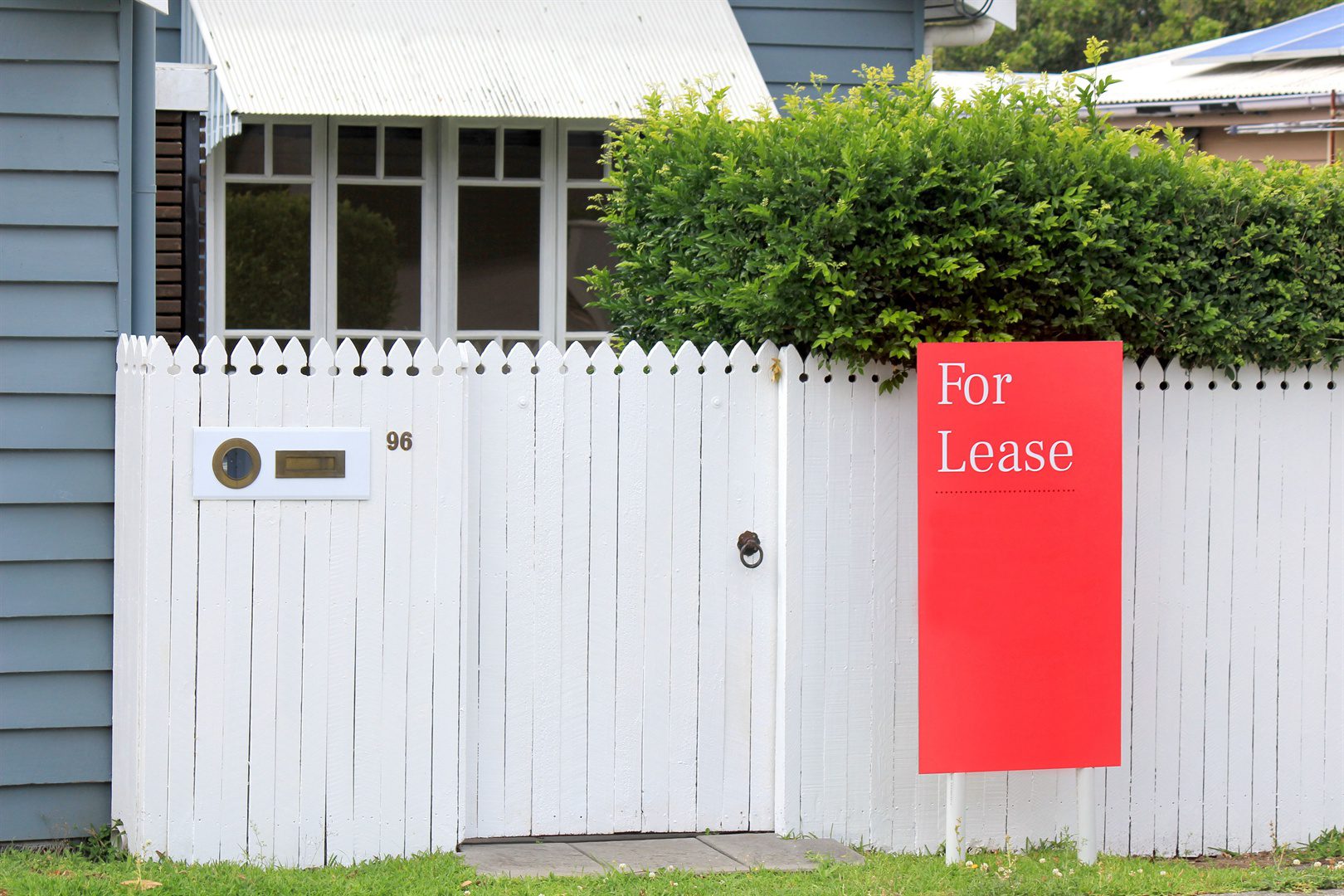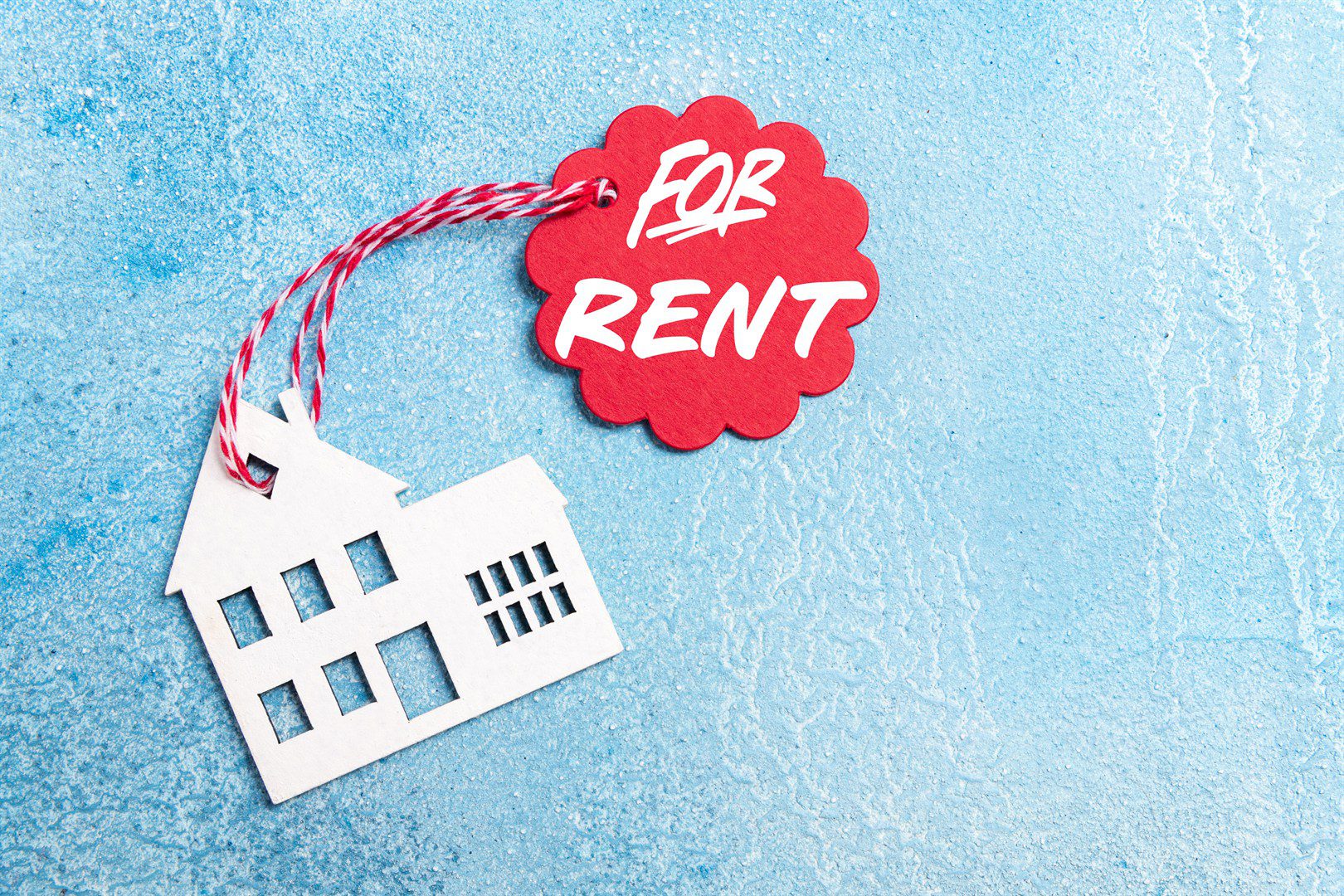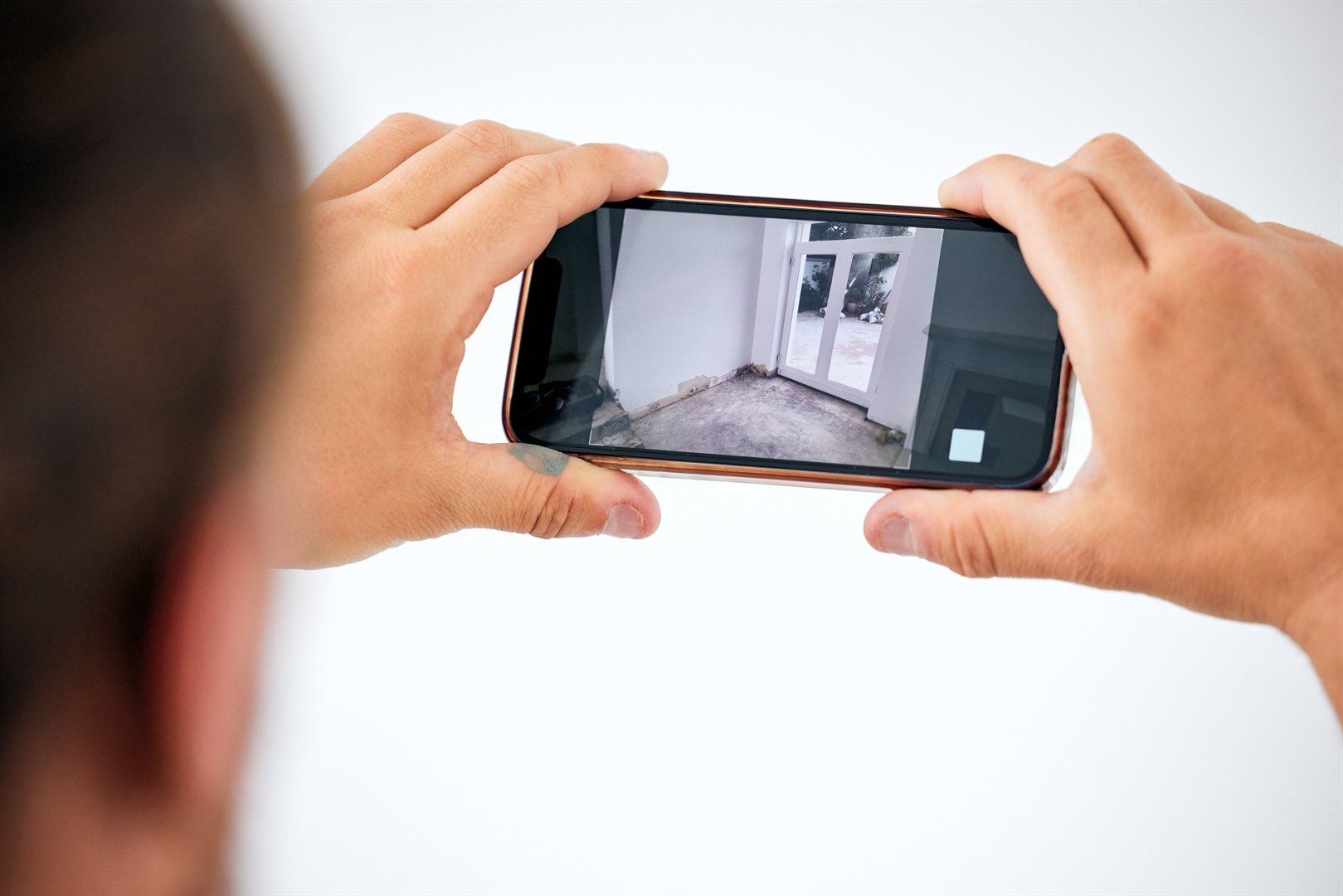
Getting an offer accepted is exciting for any landlord. It means you have found a tenant who is ready to move in, and your property will soon be generating rental income. But between now and closing day, there are still important steps to take. This period is your chance to prepare the property, complete any promised work, and make sure everything is in order before the tenant gets the keys.
A smooth process between lease acceptance and possession day benefits both you and your tenant. As a landlord, taking care of details now can help avoid disputes later, protect your investment, and create a positive start to your landlord–tenant relationship. From collecting payments to documenting the property’s condition, each step matters. Let’s walk through what you should do to ensure a stress-free handover.

Before closing day, carefully review the lease terms, confirm all signatures, clarify unclear points, and keep a copy. Doing so lays a solid foundation for a smooth rental experience.
First and foremost, take the time to review the entire lease agreement carefully. Confirm that all essential information such as the monthly rent amount, lease start and end dates, and any special conditions are clearly and accurately documented. Mistakes or missing details can cause confusion or legal issues later, so it is better to catch them now.
Next, verify that every party involved — the landlord and all tenants — has signed every required page of the lease. Without these signatures, the lease may not be legally binding. It also protects you and the tenant by showing clear agreement on the terms.
If you come across any clauses or wording that seem unclear or confusing, do not hesitate to seek clarification. Reach out to your tenant or consult a legal professional if necessary. Clearing up any misunderstandings before possession day helps prevent potential disputes during the tenancy.
Once everything is signed and confirmed, store both a physical and digital copy of the fully executed lease in a safe place. You will need this document for reference throughout the lease term, so having it well-organized saves time and stress later.

Collect the security deposit and first month’s rent quickly, give clear payment instructions, provide receipts, and confirm cleared funds. This step safeguards your interests and starts the tenancy on the right foot.
After the lease is signed, it is important to collect the security deposit and first month’s rent as soon as possible. This step shows your tenant’s commitment and protects your property financially. Prompt collection also helps you plan for upcoming expenses.
Provide your tenant with clear payment instructions. Specify acceptable payment methods such as e-transfer, cheque, or bank transfer, and explain exactly when the payments are due. Clear communication reduces confusion and ensures timely payments.
Once you receive any payment, issue a receipt right away. This creates transparency and builds trust with your tenant. It also provides proof of payment in case there are any questions in the future.
Before the tenant moves in, double-check that all payments have fully cleared in your bank account. Accepting funds that later bounce or are delayed can cause financial headaches, so confirming cleared payments helps avoid these risks.

Complete all promised repairs promptly, communicate timelines clearly, use qualified contractors, and conduct a final walk-through. These actions ensure your property is tenant-ready and safe.
Once your offer to lease is accepted, make sure to complete all repairs or upgrades you promised during negotiations. This not only meets your tenant’s expectations but also helps you comply with local housing laws and standards. Prioritize urgent fixes like plumbing, heating, or electrical issues first.
Keep your tenant informed about when repairs or upgrades will happen. Good communication shows professionalism and helps manage expectations. If any delays occur, update them promptly to avoid misunderstandings.
Hire licensed and reputable contractors to carry out repairs and upgrades. Quality workmanship ensures the property is safe and comfortable, reducing future maintenance problems and tenant complaints.
Before handing over the property, walk through it yourself or with your tenant to confirm all repairs and upgrades have been completed satisfactorily. This step builds trust and prevents disputes after move-in.

Clean the property well, verify appliances and utilities, provide tenant access and instructions, and confirm safety equipment is up to code. This preparation leads to a smooth, stress-free handover.
A clean and tidy property creates a positive experience for your tenant on move-in day. Arrange for professional cleaning or deep-clean yourself, paying attention to floors, windows, bathrooms, and kitchens.
Check that all included appliances like stoves, refrigerators, and laundry machines function well. Also, verify utilities such as heating, cooling, water, and electrical systems are working to avoid surprises.
Prepare everything your tenant will need on day one, such as keys, remotes, or security codes. Also, leave instruction manuals or information for appliances and building systems. This helps tenants settle in quickly and confidently.
Ensure smoke detectors, carbon monoxide alarms, fire extinguishers, and locks meet safety standards. Proper safety equipment protects both you and your tenant and fulfills legal obligations.

Schedule the key handover early, confirm all access devices included, communicate clearly with the tenant, and prepare a backup plan. This step makes move-in day hassle-free and professional.
Once the lease is signed and payments are confirmed, it is important to schedule the key handover well before or on possession day. Decide whether you will meet the tenant in person, use a lockbox, or arrange for a property manager to deliver the keys. Planning ahead helps avoid confusion or delays.
Make a list of all items you will give to the tenant, including house keys, mailbox keys, garage remotes, and security system codes if applicable. Providing full access shows professionalism and ensures tenants can fully enjoy their new home.
Send a clear message to your tenant explaining when and where they will receive the keys and any access instructions. Clear communication reduces stress and makes move-in day easier for everyone.
Sometimes unexpected situations happen, such as the tenant arriving late or lost keys. Having a backup plan, like a trusted contact or real estate agent who can assist, keeps everything running smoothly.

Document the property’s condition thoroughly with dated photos or videos, share with the tenant, and keep files organized. This step safeguards your investment and supports smooth dispute resolution.
Before the tenant moves in, walk through the entire property and document its condition with photos or videos. Capture all rooms, appliances, walls, floors, ceilings, and any existing damage. This documentation helps protect you and the tenant later.
Make sure your photos or videos have visible timestamps or dates. This helps prove the condition of the property at the exact time possession begins, which can be important in case of future disputes.
Consider giving the tenant a copy of this documentation. Sharing these records builds transparency and sets clear expectations about property condition from day one.
Store all photos and videos securely on your computer or cloud storage. Well-organized files make it easy to reference the property’s condition during or at the end of the lease.

Providing tenants with all key information about the property and emergency procedures helps them feel confident and supported from day one.
Before the tenant moves in, make sure to provide them with all the essential information they need. This includes building rules, garbage and recycling schedules, parking regulations, and contact information for property management or emergency services. Sharing these details upfront helps tenants adjust quickly and reduces confusion.
If the property has appliances like a dishwasher, washer/dryer, or HVAC system, provide clear instructions on how to use them properly. Also, offer basic maintenance tips to help tenants avoid unnecessary repairs. This proactive approach benefits both parties in the long run.
Make sure tenants know what to do in case of emergencies such as water leaks, power outages, or heating problems. Give them direct contact numbers for quick assistance. Clear communication here improves tenant safety and satisfaction.
It is helpful to prepare a welcome packet or email that includes all this information in writing. Tenants can refer back to it anytime, which makes their move-in experience more comfortable and organized.

Being available and communicative during move-in builds trust, solves issues fast, and sets the stage for a successful rental experience.
Once your tenant starts moving in, stay accessible and ready to answer any questions they may have. Whether it is about utilities, keys, or minor repairs, quick and helpful responses build a positive landlord-tenant relationship.
Let tenants know how and when they can reach you, whether by phone, email, or text. Establishing these communication preferences upfront avoids misunderstandings and ensures you can support them effectively.
Moving can be stressful. Be patient and proactive in helping tenants solve small issues like parking problems, mailbox access, or setting up utilities. Your support makes a big difference.
A friendly check-in a few days after move-in shows you care and are committed to a smooth tenancy. It also gives tenants a chance to report any problems early, so they can be fixed promptly.

Reaching the point where your offer to lease is accepted is a big milestone for any landlord. However, it is important to remember that the work is not over yet. The period between acceptance and closing day is a key time to prepare your property, fulfill all your obligations, and set the tone for a positive landlord–tenant relationship.
In short, being proactive before closing day not only fulfills your responsibilities but also creates a strong foundation for a successful rental experience. With careful preparation and clear communication, you can protect your investment, keep your tenant happy, and enjoy peace of mind as a landlord.
Being a professional real estate agent, I’m here to guide you through every stage of the leasing process. With a dedication to your success, we make renting smarter, simpler, and more rewarding. Your dream home journey deserves nothing less.
Subscribe to our newsletter to see the latest blogs
My services for the seller include initial consultation, market analysis, free estimate, make pricing strategy, home staging consultation, repairs and improvements consultation, professional photography and videography, detailed property description, customized marketing plan, online listings, social media marketing, design and print flyers and brochures, open houses and private showings, ongoing communication and feedback, continuous market monitoring, offer management, negotiation with buyers, counteroffers and finalization, transaction coordination, closing assistance with thirty-parties, and future real estate needs assistance.
This full suite of services is designed to make the selling experience smooth, rewarding, and successful. By partnering with Adam Cui, you are getting a knowledgeable, resourceful, and committed agent who will prioritize your interests and make sure your goals are met efficiently.
My services for the buyer include initial consultation, needs assessment, property search and selection, early access to listing, personalized tours, detailed market analysis, property transaction history research, property inspection coordination with thirty-parties, review of disclosures with third-parties, negotiation on inspection findings, custom offer preparation, expert negotiation, multiple offer handling, detailed contract explanation, legal and compliance assistance with third-parties, liaison with all parties, document assistance, final visits support, homeownership guidance, and lifetime real estate support.
Through each step, my goal is to minimize stress, streamline your home-buying experience, and deliver outstanding value within my 0.88% commission. Whether you are a first-time buyer or a seasoned investor, you can count on my expertise, dedication, and personalized care to make your real estate journey a success.
No. It only applies to the buying and selling property transactions. For rental services, I will charge half of the one-month rent if I represent one party.
No. HST will be added on top of that.
As a buyer, you typically do not pay my 0.88% commission directly. This commission is generally covered by the seller in a real estate transaction.
As your dedicated real estate agent, my priority is to provide you with the best possible service and value. If a seller offers a commission greater than 0.88% for my services, I would still honor my commitment to you, the buyer, and keep only 0.88% as my commission.
The home buying process involves several steps: getting pre-approved for a mortgage, finding the right property, making an offer, and completing inspections. Afterward, you will finalize the mortgage, sign the paperwork, and get the keys. It is essential to have guidance through each step to ensure a smooth and successful purchase.
When making an offer, it is important to consider the market conditions and the property’s value. Consult with your real estate agent to craft a competitive offer. Include necessary contingencies like financing and inspections. Always be prepared to negotiate. This ensures your offer stands out while protecting your interests.
Finding the right home starts with understanding your needs and budget. I will guide you through the process, showing you options that match your criteria. Together, we will explore neighborhoods, amenities, and property features. My goal is to help you find a home where you can see yourself living happily for years to come.